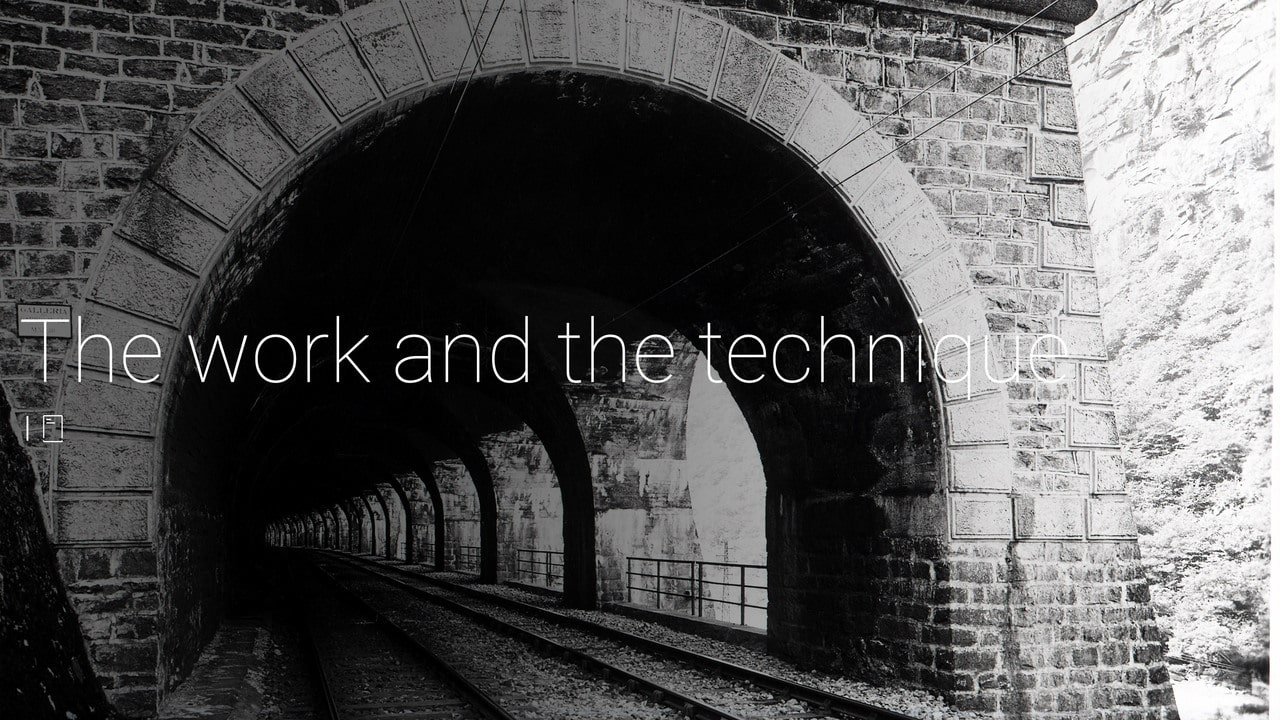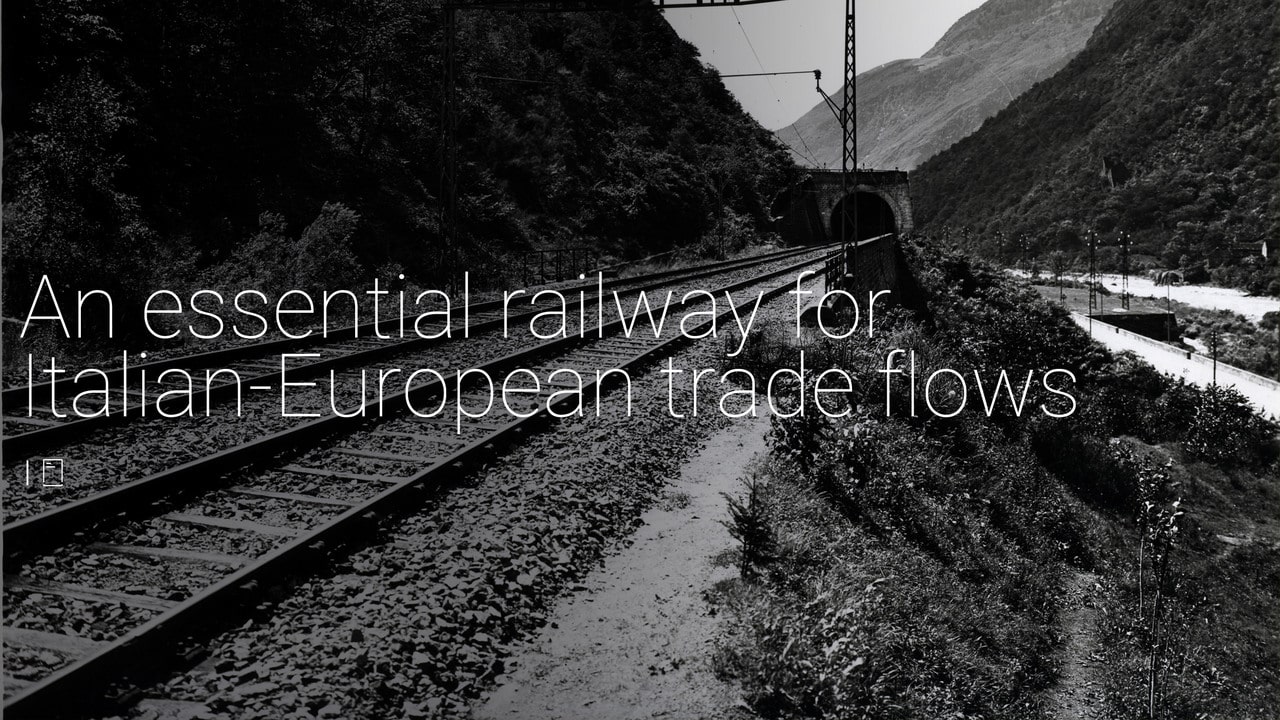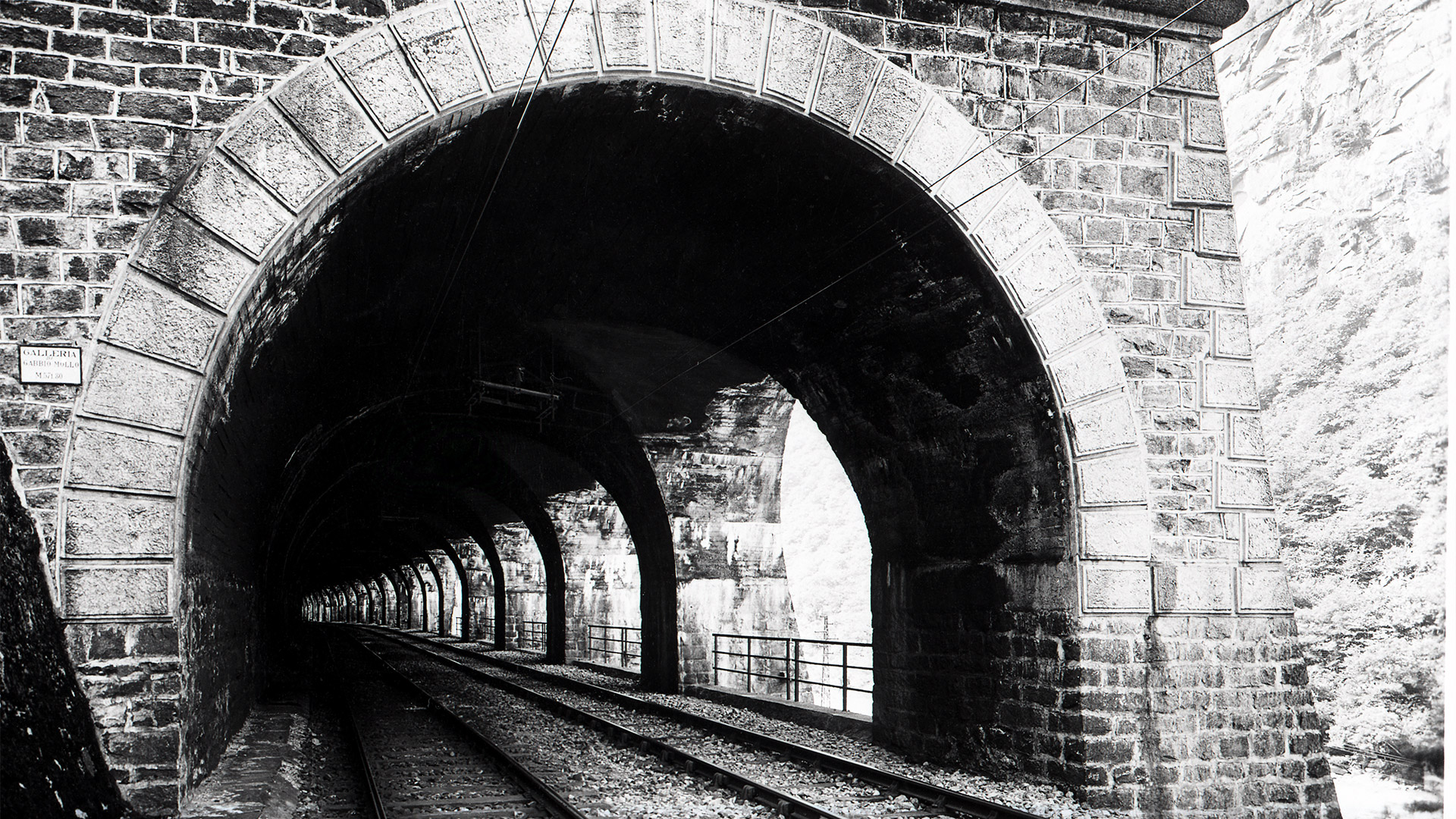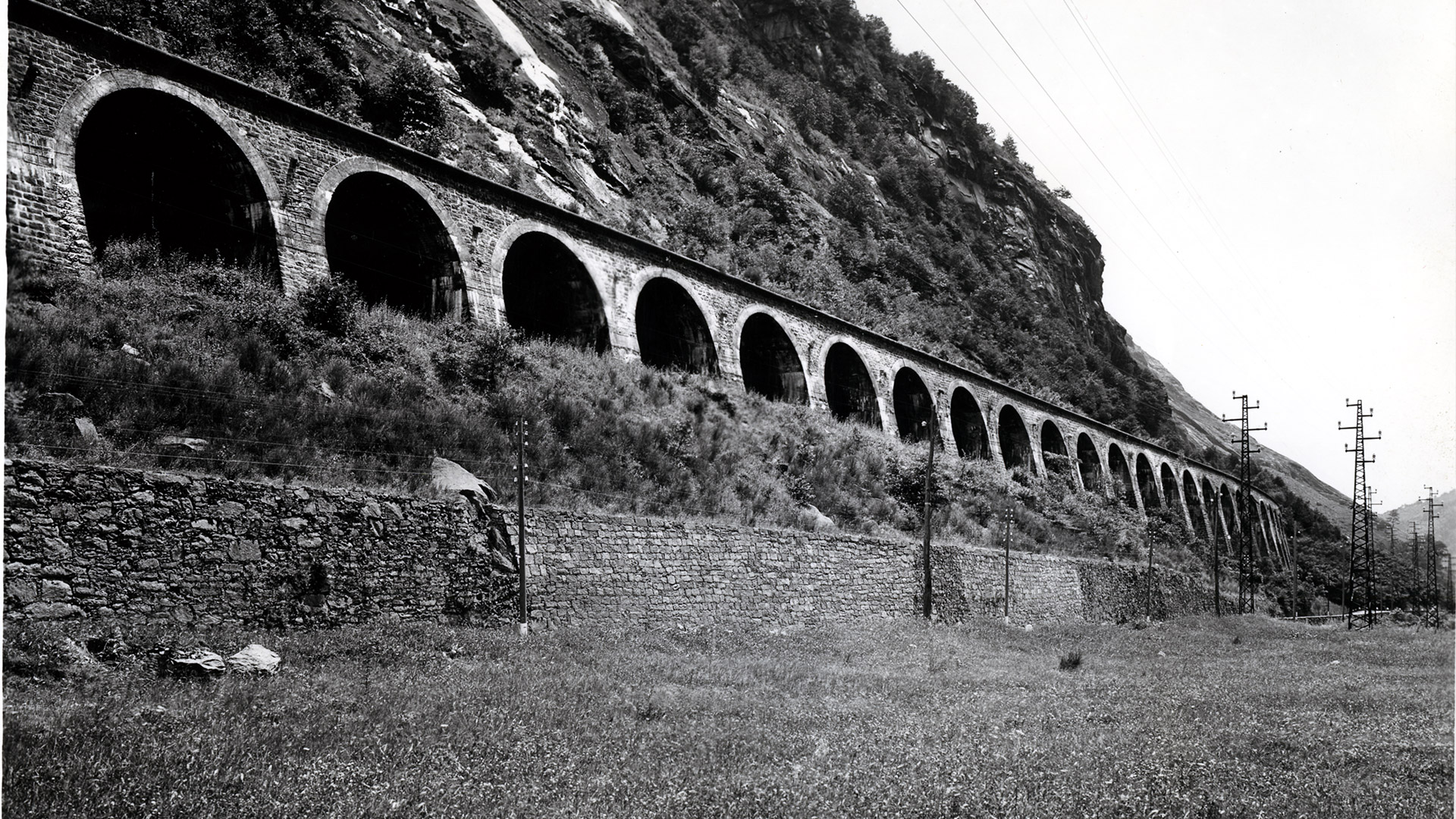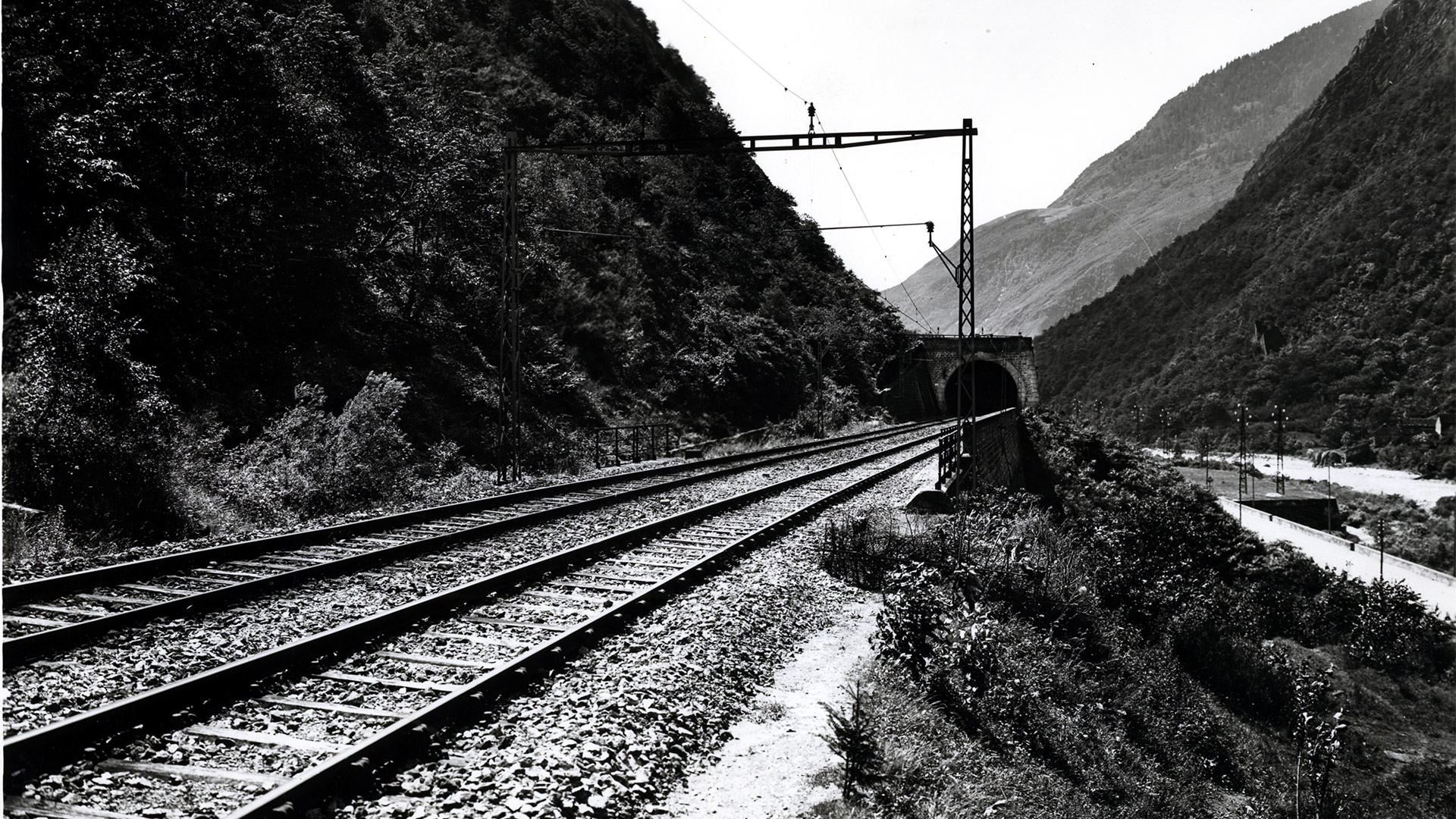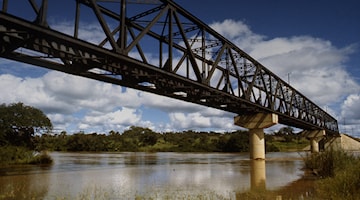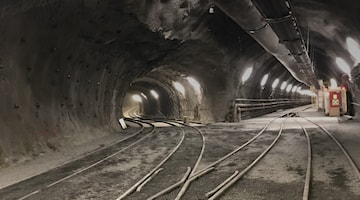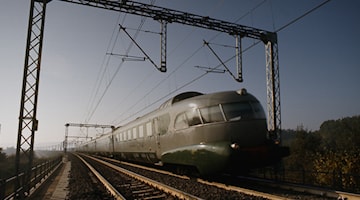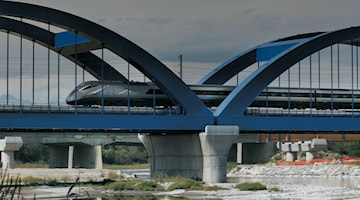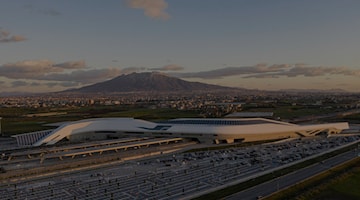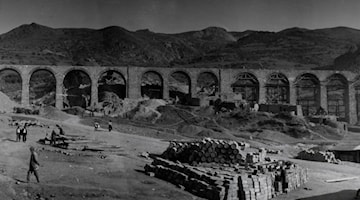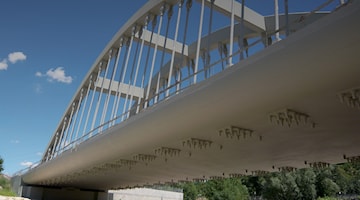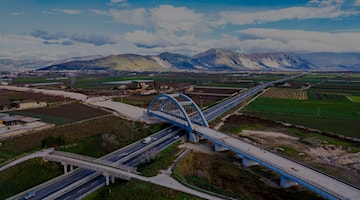Innovation and traces of ancient history
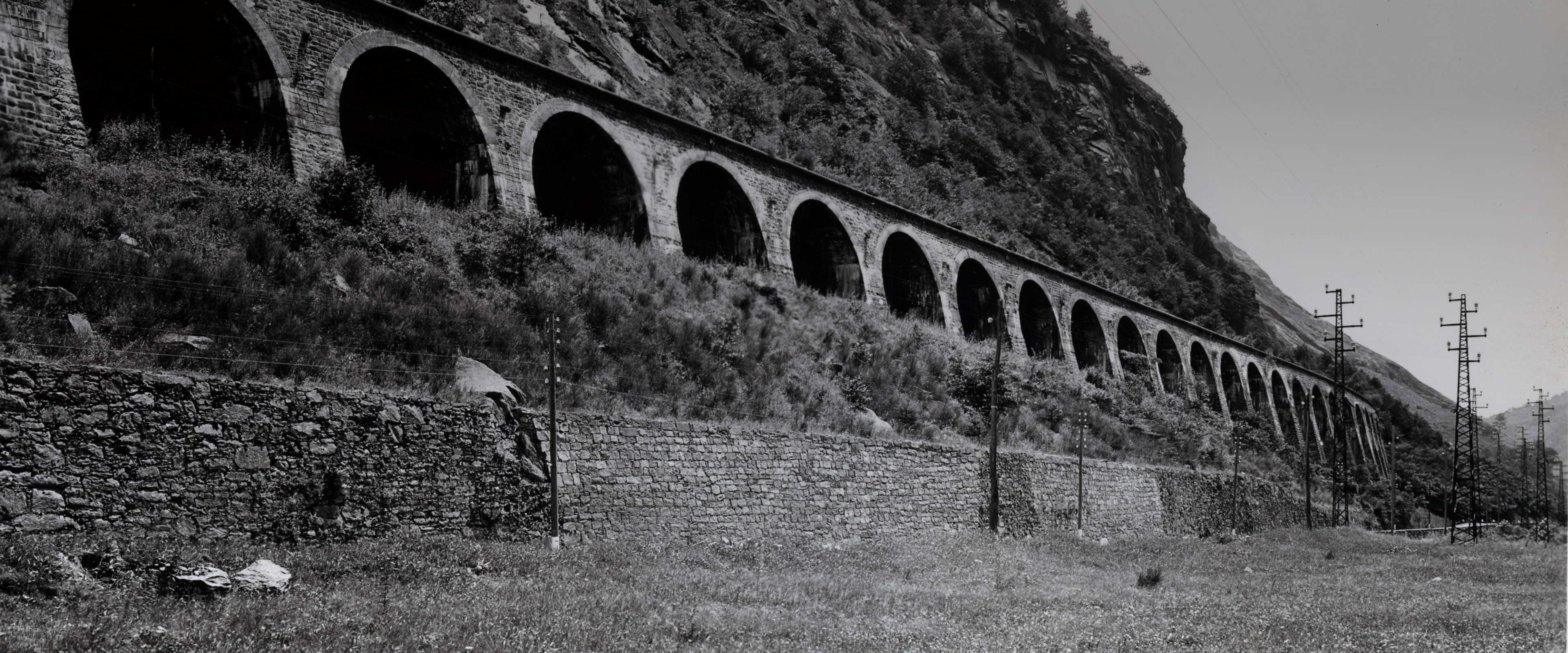
THE SIMPLON RAILWAY LINE, ITALY AND SWITZERLAND
The first vehicles to cross the Simplon Pass were the cannons of the army of Napoleon Bonaparte, who in 1885 transformed an old mule road in a wide road measuring 30 km in length, which ran from the Vallese all'Ossola Canton (Canton of Valais) - from Briga (Switzerland) to Domodossola (Piedmont, Italy) - with a maximum altitude of 2,000 metres and a 1,033 metres of difference in altitude. That very same year, Napoleon was crowned King of Napoleonic Italy, a territory extending between the north of Italy to central-eastern Italy, with Milan as capital.
That very same road that was first created by Napoleon would be later admired and crossed in subsequent decades by people like Charles Dickens, Hans Christian Andersen, Stendhal, Alexandre Dumas, Garibaldi and Cavour. Until, roughly a century later, in 1905, the then cutting-edge railway tunnel was inaugurated in the presence of Vittorio Emanuele III and the Swiss Confederation President Ludwig Forrer: 19 km that from Iselle to Briga, for 75 years, maintained the world record for being Europe's longest tunnel. An exceptional construction site celebrated in 1906 at Milan's International Expo for the innovative engineering solutions used to build it, like three-phase electric motors through which it was possible to avoid the risks that would have been brought about if vapour was used instead; and also the first use of pneumatic hammers instead of pickaxes, which allowed 3,000 workers to advance 7 metres every day, building two parallel tunnels 17 metres apart from each other, joined by cross-connections every 200 metres.
The growing traffic required a prompt continuous upgrading of the railway line, which from 1911 to 1951 saw various interventions, among which building various service buildings in the stations near Milan, strengthening the line, excavating the second tunnel of the Tunnel and the Gabbio-Moro artificial avalanche-protection tunnel, and also emergency works following World War II, until the clearing of the landslide that fell in 1951 in San Giovanni, which poured over 1 million cubic metres of debris over the railway line.
But this very important Pass is not just a fundamental piece of our infrastructures. It was in fact already crossed during the Stone Age, seeming on the other hand too difficult for the Ancient Roman architects; crossed for centuries by smugglers, pilgrims, merchants, mercenaries, shepherds and gold diggers, it was paved in the 17th century, and then transformed into a road and railway. To this very day, it still has kept all of the important traces of its ancient history.
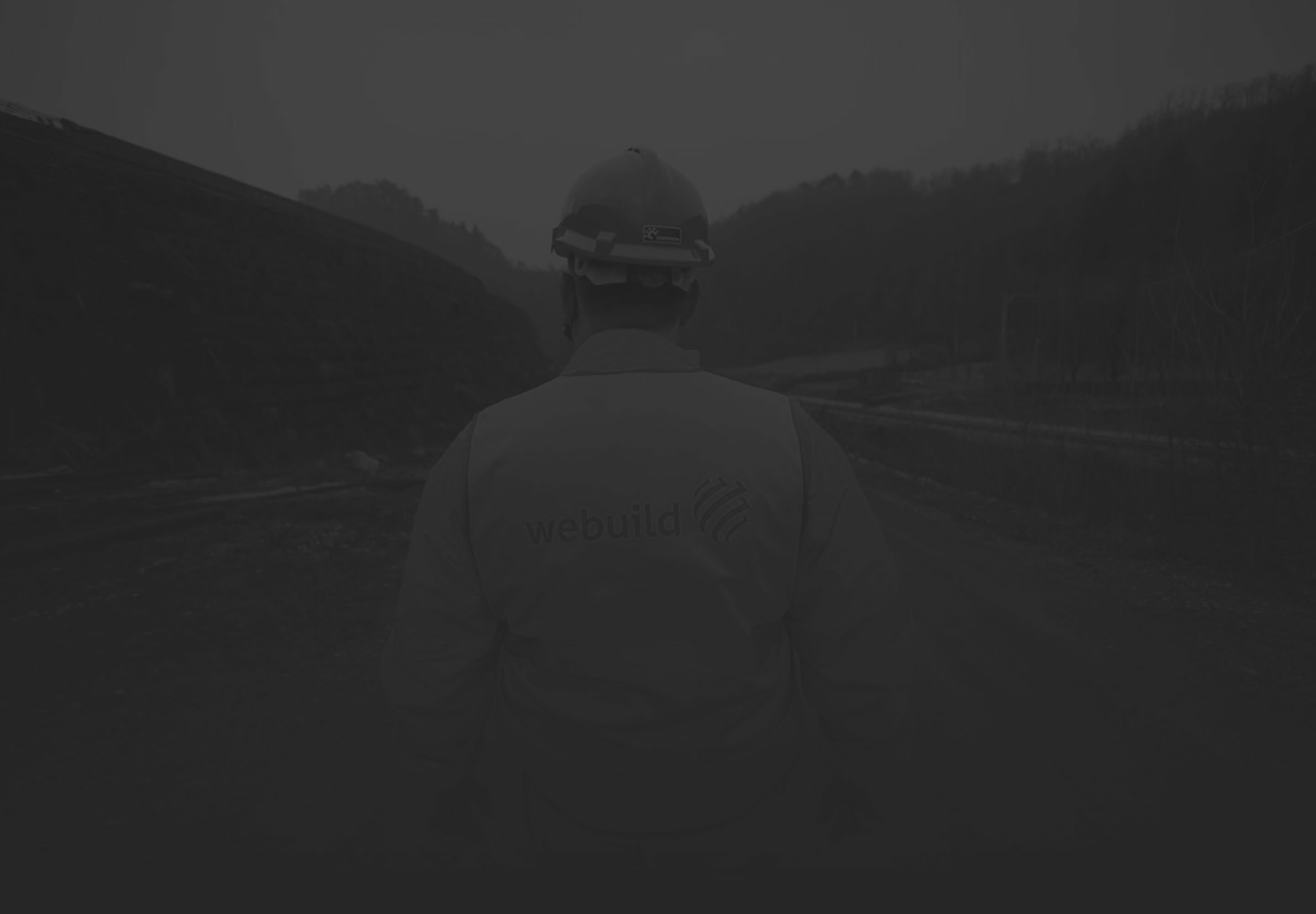
THE WORK AND THE TECHNIQUE
Italian Ministry of Transport, Ferrovie dello Stato (Italian Railways), the District of Milan
Impresa Umberto Girola, which then became part of the Webuild Group
The Simplon Tunnel is the most important part of the Simplon Railway Line; Completed in 1905, it was inaugurated a year later with steam traction immediately becoming a year later a fundamental element in the Italian-European relations. The continuous increase of passenger and freight traffic quickly required an upgrading of the infrastructure
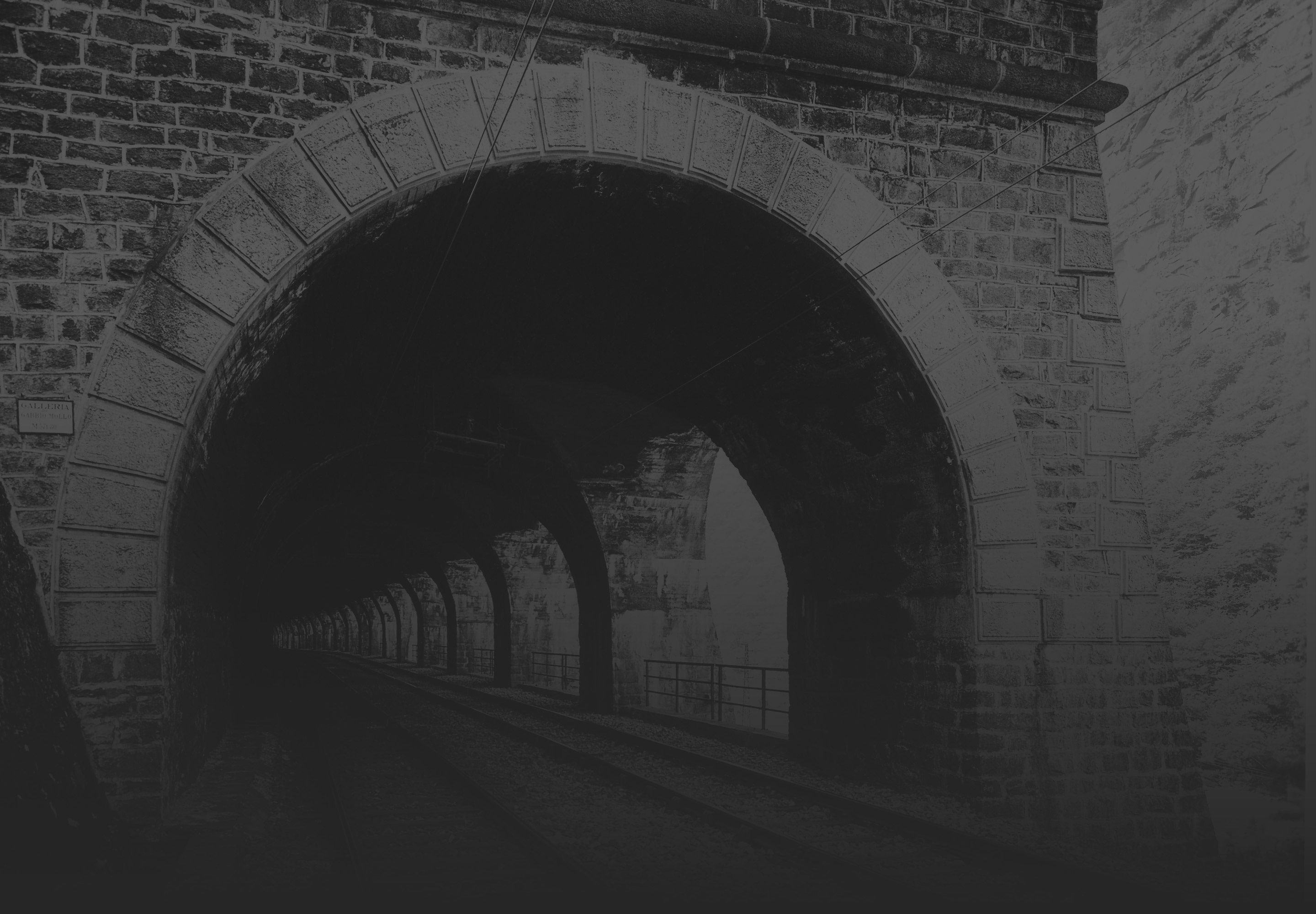
CULTURAL INSIGHTS
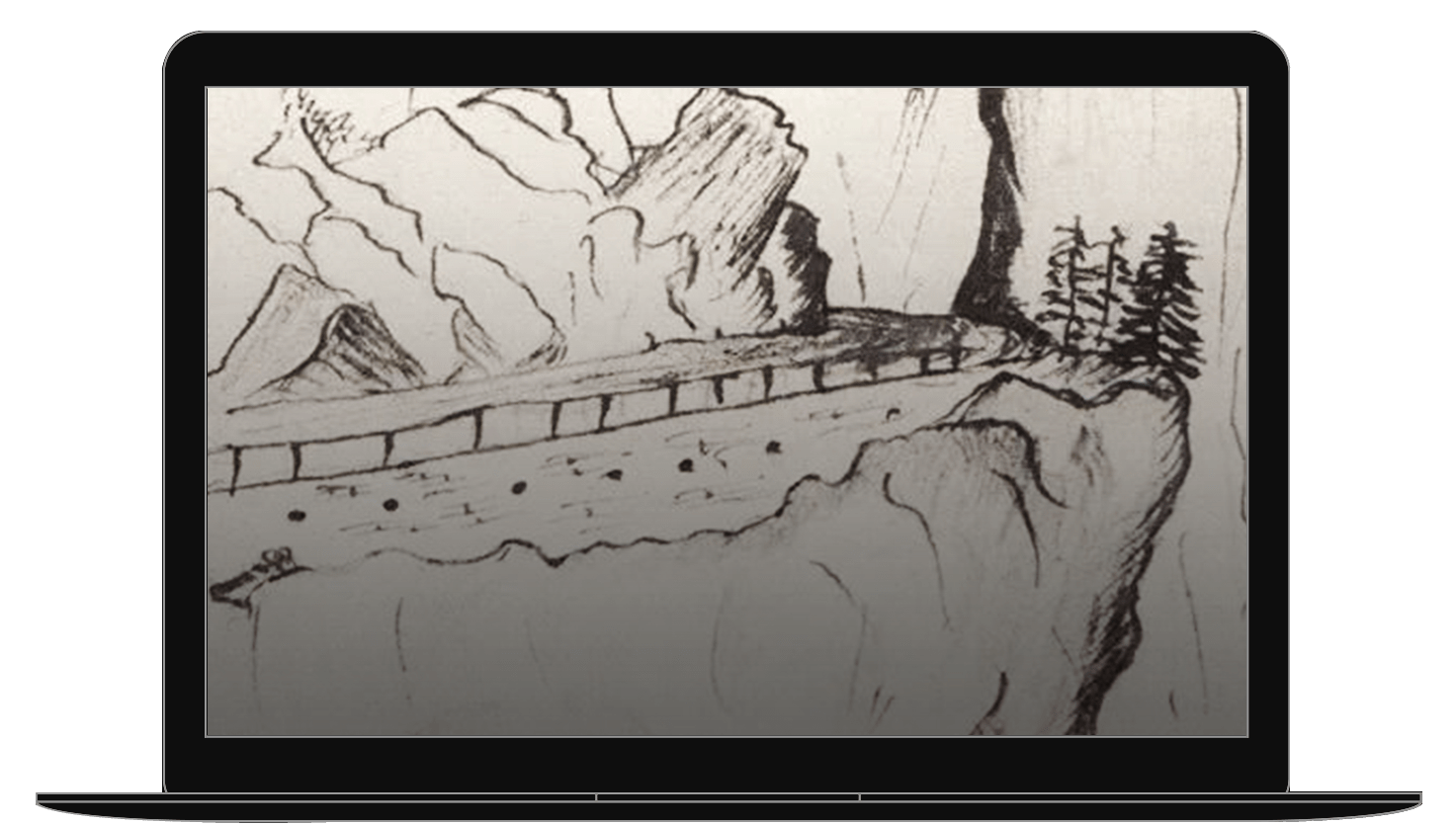
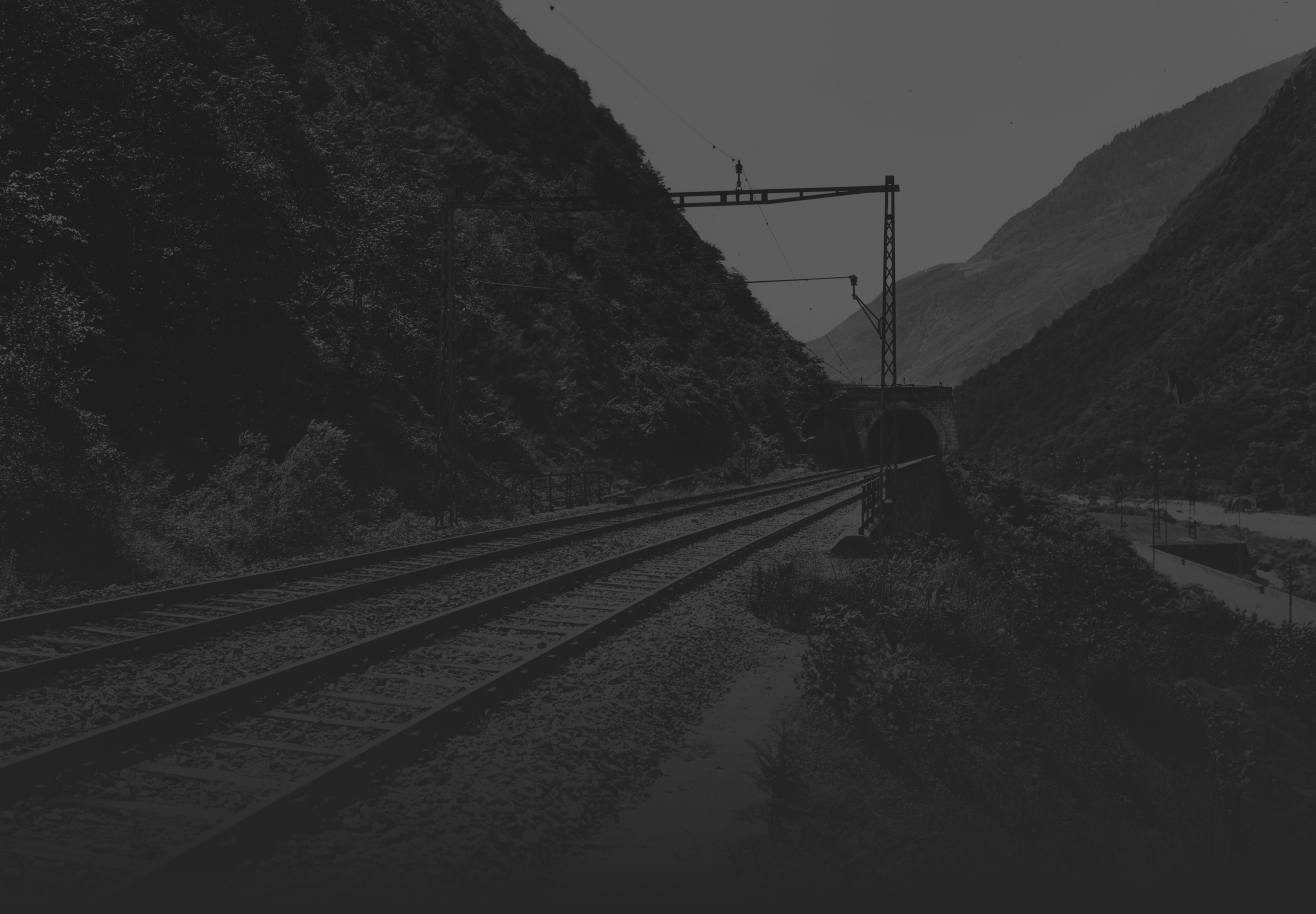
An essential railway for Italian-European trade flows
The addition of a railway connection, to integrate the crossing already present that had been used for many centuries to cross the Lepontine Alps, allowed speeding the travel times of transalpine private and freight transport and to intensify the trade flows between Italy and Northern Europe. Moreover, thanks to the tunnel, railway connections between Milan and Paris were greatly improved. And, through the Turin-Santhià-Arona line, those joining to the South of France, Liguria and Piedmont, via Berna, to the Swiss Cantons that speak German and the South of Germany. With more than 250 trains running daily, the Simplon line is one of the most important railway routes between Switzerland and Italy, especially for freight transport. In 2024, 26% of international rail freight traffic to and from Italy moved along the Rhine-Alpine Corridor. Specifically, the two commercial railway lines connected to the Simplon Tunnel — Domodossola and Domo II — recorded a total of 14,139 train transits in 2024.
Unlike the Gotthard — the other major rail crossing into Switzerland — the Simplon serves an almost exclusively commercial function, with a rail modal share (the ratio between the volume of goods transported by rail and the total volume of goods crossing the border) close to 100%. In 2021, the last year for which data is available, it stood at 91.8%.
The total freight volume that passed through in 2021 — 10.442 million tonnes — is equivalent to the journeys of 417,680 fully loaded trucks. Placed one after the other, assuming an average length of 12 meters per truck without trailer, they would stretch for 5,012 kilometers — a distance greater than that between Gibraltar and the North Cape (only 4,373.2 km).






